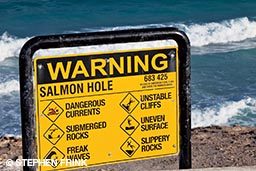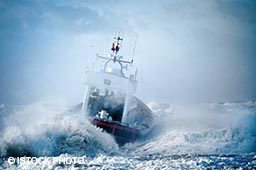How can you compile a realistic, practical and effective emergency action plan (EAP) that addresses real concerns rather than theoretical hazards?
Bare-minimum compliance to specified requirements, haste, inexperience or unrealistic expectations can lead to an ineffective EAP. So how do you get it right?
While each emergency situation will differ to some extent, the following elements are essential to include in all EAPs.
1. Hazard identification
Hazards vary depending on the location, environment, activity and process. When identifying a hazard, consider which category of harm it could cause: injury, illness or loss. Group hazards according to their nature, such as the following:

- Physical: noise, temperature, sun exposure, pressure, electricity, heavy loads
- Chemical: gas contamination, asphyxiants, irritants, toxic substances
- Biological: macro (rodents, maggots), micro (bacteria, viruses, fungi)
- Ergonomic: ventilation, exhaustion, strains, limb injuries
- Psychosocial: stress, burnout, violence, substance abuse
- Mechanical: machinery, slips, gas cylinders, heavy objects
2. Risk assessment
Focus on the major risks — those that will have the biggest impact on the operation and that may cause injuries, fatalities or major loss to property.
3. Required emergency responses

Responses depend on each situation, but the following are some examples:
- Search and rescue: missing divers or persons
- Injury management: stabilization, resuscitation, medical treatment
- Fire management: fire extinguishment, evacuation
- Rapid communication: quick response to obtain fast assistance
- Recovery: preserve the scene, cleanup
4. Available assistance
Carefully examine all possible resources that can be used in an emergency, including evacuation services, search and rescue, medical services and security.
5. Required equipment
Appropriate equipment is needed to address most situations. You may need fire-protection equipment, communication devices, medical equipment and supplies, and recovery equipment (e.g., stretchers and hoisting devices).
6. Training and preparedness
The following steps will ensure both appropriate and rapid responses in an emergency:
- Assign each task to the right person who will not panic and will keep a cool head.
- Use straightforward and short checklists that contain no more than five or six immediate actions.
- Provide training on how to respond as per the EAP and on the rapid use of emergency equipment.
7. Competence and confidence
- Review: The team who will be involved in mitigating and containing the situation needs to review all EAPs.
- Verify: Carry out EAPs while paying attention to all the details to ensure they achieve the desired aim. Always have alternative plans in case the primary plan is rendered ineffective.
- Competence: Training in the use of resources and equipment along with practice and regularly planned and unplanned drills will ensure that emergency personnel know exactly what to do.
- Confidence: The whole team of operational staff will have confidence if they have a proven, effective plan and competent colleagues.
© Alert Diver — Q2 Spring 2018